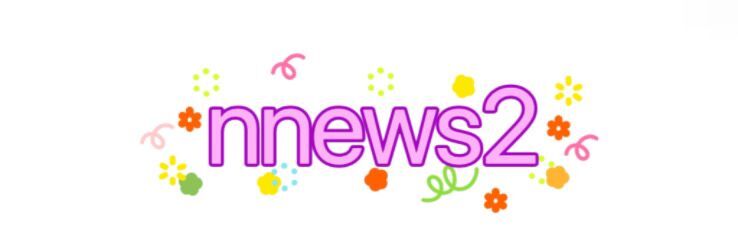7 Essential Facts About Warp Knitting Diagrams You Need to Know
Manywell provides professional and reliable service.
# 7 Key Facts About Warp Knitting Diagrams You Should Know
Warp knitting is a complex process that demands both expertise and a solid grasp of various techniques, especially when it comes to interpreting warp knitting diagrams. These diagrams serve as vital tools for knitters aiming to create high-quality knitted fabrics. In this article, we delve into seven important facts about warp knitting diagrams that every knitting enthusiast should be familiar with.
## Comprehending the Basic Structure of Warp Knitting Diagrams
Warp knitting diagrams visually depict the arrangement of yarn and stitches, making it imperative to understand their structure. Here are several essential elements typically featured in these diagrams:
- **Vertical Lines**: These indicate the running threads of the yarn.
- **Horizontal Lines**: These show the course of each stitch.
- **Symbols**: Specific symbols represent different types of stitches or patterns.
## Common Symbols Found in Warp Knitting Diagrams
Becoming familiar with the symbols present in warp knitting diagrams can significantly boost your efficiency. Below is a brief list of common symbols along with their meanings:
| Symbol | Meaning |
|----------|------------------------|
| ○ | Plain stitch |
| X | Missed stitch |
| / | Yarn over |
| \ | Wrap stitch |
| | | Vertical stitch line |
Grasping these symbols can help minimize confusion during the knitting process.
## Strategies for Effectively Reading Warp Knitting Diagrams
Reading a warp knitting diagram might seem intimidating at first, but a few straightforward techniques can streamline the process:
1. **Start with the Basics**: Identify the starting point and the direction of the knitting process.
2. **Break it Down**: Concentrate on one section of the diagram at a time, instead of attempting to understand the entire piece at once.
3. **Use Color Coding**: If your diagram is in black and white, consider using colored pencils to highlight different sections for improved visual clarity.
## Common Issues and Solutions with Warp Knitting Diagrams
- **Issue**: Losing track of stitch count.
- **Solution**: Use a counter or mark completed rows with a sticky note to keep your progress organized.
- **Issue**: Confusing symbols resulting in mistakes.
- **Solution**: Always refer back to the key explaining each symbol and keep a legend nearby as you work.
- **Issue**: Difficulty visualizing the finished piece.
- **Solution**: Create a small swatch based on the diagram to see how the stitches interact before starting the full project.
## Exploring Variations of Warp Knitting Techniques
Understanding the various types of warp knitting techniques can help enhance your use of diagrams. Here are some common techniques:
- **Tricot Knitting**: Known for its speed and adaptability, tricot employs a straightforward, repetitive stitch pattern that is easy to interpret on a warp knitting diagram.
- **Rachel Knitting**: This method typically features more intricate patterns that can be accurately represented in detail on a warp knitting diagram.
- **Milanese Knitting**: Milanese is characterized by its distinctive textures, often indicated through diverse symbols in diagrams.
## The Significance of Sample Swatches
Before undertaking a large project based on a warp knitting diagram, creating sample swatches can yield valuable insights:
- **Testing Gauge**: Verify that your tension aligns with the project's requirements.
- **Assessing Stitch Dynamics**: Observe how the chosen stitches and patterns appear when knit together.
- **Confirming Materials**: Ensure compatibility of your yarn with the diagram instructions.
## In Conclusion: Mastering Warp Knitting Diagrams
Navigating warp knitting diagrams can be a fulfilling experience for both novice and seasoned knitters. By comprehending the structure, common symbols, and troubleshooting methods, you can greatly improve your knitting skills. Don’t hesitate to practice and create sample swatches to fully understand the intricacies of your designs.
Are you ready to embark on your next knitting adventure? Gather your yarn, consult your warp knitting diagram, and start crafting beautiful textured fabrics today!
If you're eager to learn more, please visit our website.


Comments